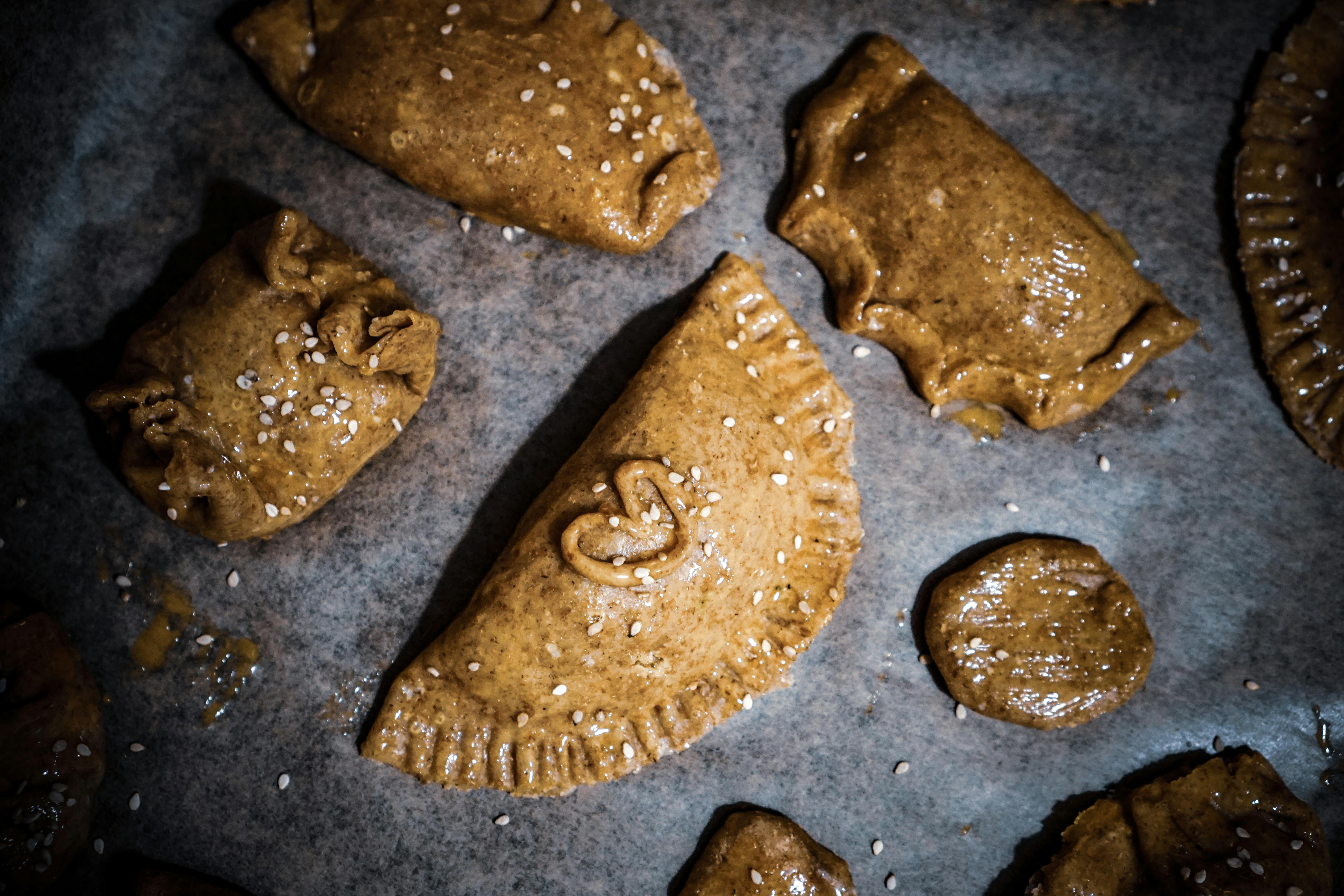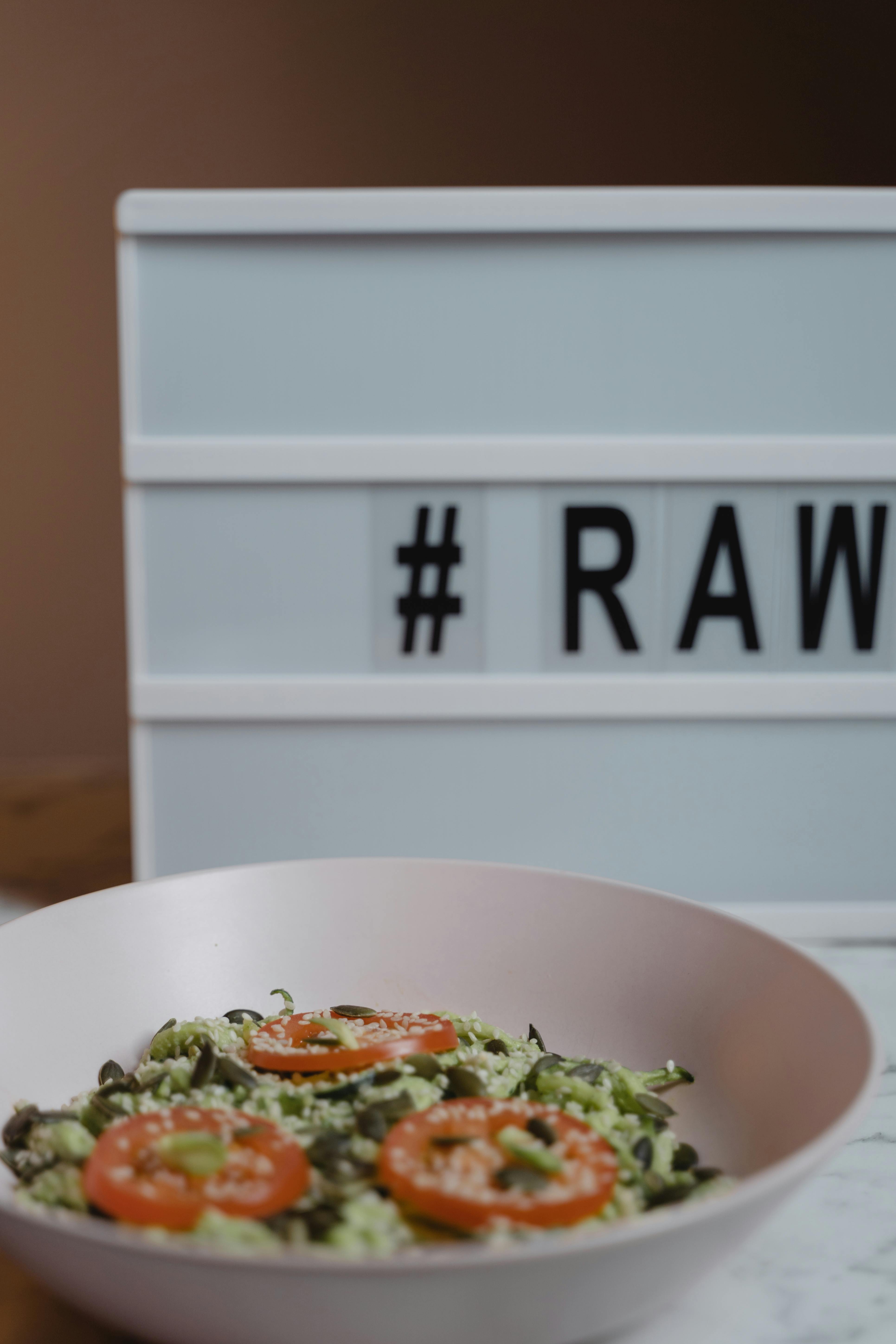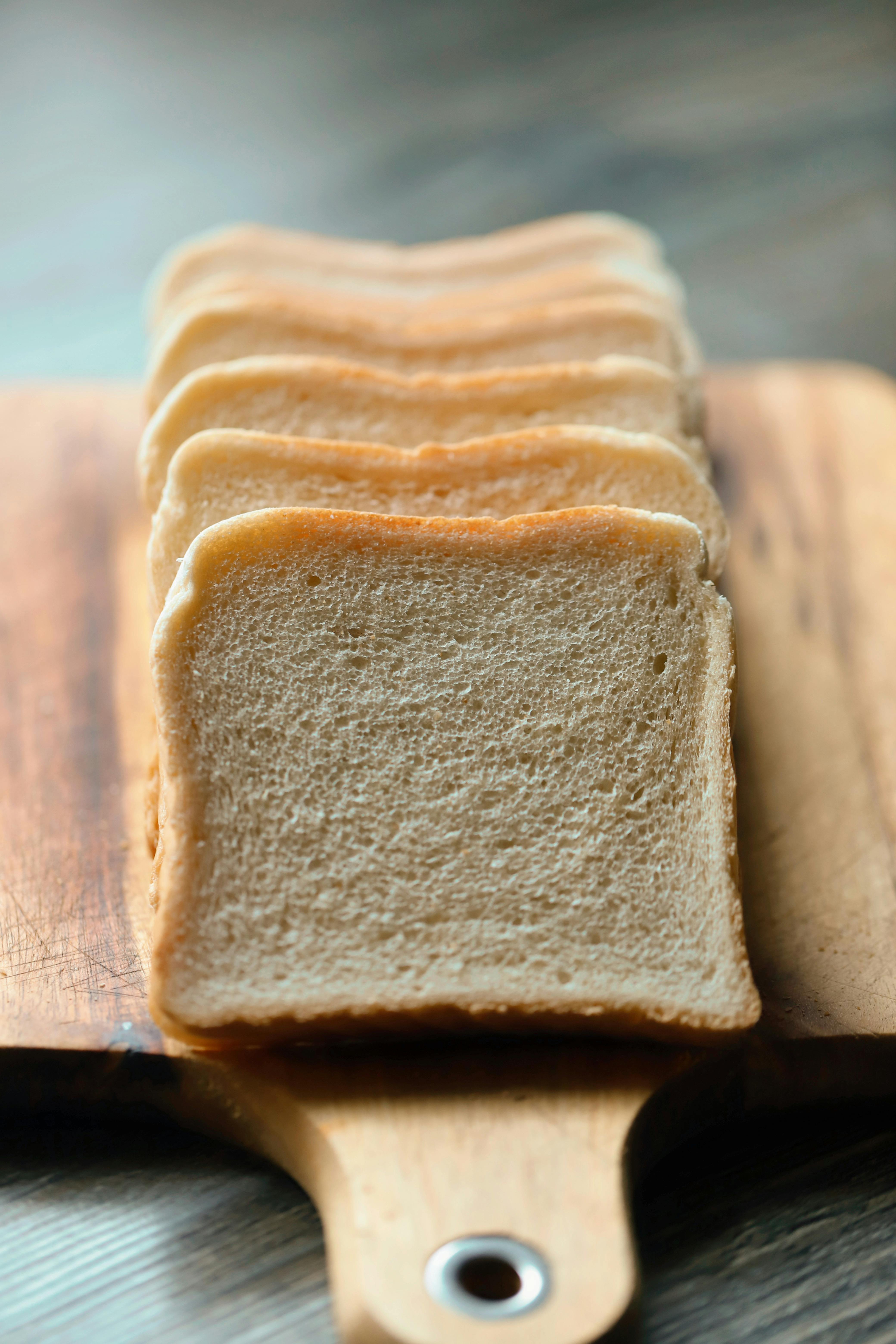
Effective Ways to Optimize Your Lymphedema Diet in 2025
Lymphedema, characterized by swelling due to lymph fluid accumulation, can significantly impact one’s quality of life. An optimized diet plays a crucial role in managing symptoms and enhancing lymphatic health. The right nutrition could not only alleviate swelling but also promote overall well-being by supporting weight management and reducing inflammation. This article delves into the essentials of a lymphedema diet in 2025, providing actionable insights on nutrient-dense foods, portion control, and hydration strategies.
Understanding the elements of a lymphedema diet includes essential components like low-sodium foods, high-protein sources, and anti-inflammatory options. Key strategies will be covered, including meal planning, mindful eating practices, and how to read food labels effectively. We will also touch on the importance of community resources and professional guidance to cater to individual dietary needs, ensuring a holistic approach to managing lymphedema.
This guide will not only provide recommendations for foods but also practical tips on maintaining portion sizes, hydration levels, and frequency of meals. By the end of the article, you will be equipped with comprehensive skills to manage your lymphedema effectively through dietary approaches and lifestyle modifications.
Understanding the Role of Key Nutrients for Lymphedema
Optimizing your lymphedema diet starts with understanding the role of various nutrients that can support lymphatic health. Fundamental to this approach are low-sodium diets, which help decrease fluid retention, a common issue for individuals with lymphedema. A study found that reducing sodium intake can significantly improve swelling and enhance lymph fluid drainage.
Additionally, consuming high-protein foods aids in maintaining muscle mass, which is particularly crucial for those experiencing mobility issues. Lean meats, legumes, and plant-based proteins assist in muscle repair and strength, positively influencing physical activity levels. Moreover, anti-inflammatory foods including fruits, vegetables, nuts, and healthy fats like omega-3 fatty acids can help manage symptoms associated with inflammation, giving the body tools to combat chronic conditions.
Hydration also plays a vital role in the lymphedema diet. The right fluids can improve nutrient absorption and help with lymph fluid drainage. Aim for a well-balanced intake of water and nutrient-dense beverages that assist in maintaining proper hydration without contributing excess sodium or sugar. Incorporating culinary herbs like cilantro and ginger can enhance flavor while providing additional health benefits.
Strategies for Incorporating Nutrient-Dense Foods
Building on nutrient knowledge, the next step is incorporating nutrient-dense foods into your daily meals. A balanced lymphedema diet emphasizes a variety of fruits and vegetables, providing essential vitamins and minerals while promoting hydration and gut health. Aim for colorful produce, as a wider range signifies a broader spectrum of nutrients.
Whole grains are another important component, offering dietary fiber necessary for digestive health and longer-lasting energy. Foods like brown rice, quinoa, and whole-grain bread can be excellent options. Avoiding processed foods with high sodium or refined sugars is key to reducing potential inflammation and supporting weight management.
To further enhance nutrient density, consider meal prep and planning as crucial practices. Preparing meals in advance can help you resist the temptation of unhealthy quick fixes. By having healthy snacks ready, you can manage emotional eating and maintain portion control. Using food labels to track sodium and sugar content is instrumental in making informed choices, guiding you toward healthier selections.
Meal Planning and Portion Control for Better Weight Management
Following a structured approach to food choices can notably benefit those managing lymphedema. Meal planning encourages thoughtful selection of foods, allowing for better balanced meals tailored to individual dietary needs. This method significantly aids in portion control—crucial for weight management—by taking the guesswork out of meals. Research suggests that pre-planned meals can lead to healthier eating behaviors and improved health outcomes.
Portion control isn’t just about limiting food; it’s about making informed decisions regarding the amounts you consume. Learning proper portion sizes can help you better manage caloric intake and enhance metabolic rate. Tools like measuring cups, portion plates, or descriptive food labels can assist in keeping portions in check.
In addition, consider applying mindful eating techniques to promote a healthier relationship with food. This entails being aware of hunger cues and eating consciously, thereby reducing overeating and emotional eating behaviors. Pairing this with consistent meal frequency—aiming for smaller, balanced meals throughout the day—can keep energy levels stable and support metabolic health.
Cooking Techniques and Recipes for Lymphedema Management
The way you prepare foods significantly influences your lymphedema diet. By adopting healthier cooking methods, you can retain the nutrients in your food while minimizing unhealthy additives. Techniques such as steaming, baking, grilling, and stir-frying add flavor without the excess oil and sodium found in fried foods.
Utilizing fresh herbs and spices not only elevates taste but also provides health benefits. Foods seasoned with garlic, turmeric, and basil can be powerful allies in reducing inflammation and improving overall health. When it comes to fats, opting for healthy fats like olive oil or avocado is advantageous while reducing saturated fats commonly found in processed snacks.
Recipe modifications can create delicious meals that cater to your health needs. A vegetable stir-fry with lean protein is a fantastic way to incorporate various nutrients while managing sodium intake. Experimenting with seasonal produce can enhance flavor, encourage sustainability, and make meals exciting.
Assessing Food Labels: Making Informed Choices
Understanding how to read food labels can empower you to make informed dietary choices that align with your lymphedema management goals. Pay close attention to sodium content, as many packaged foods are high in hidden salts. Opt for items with low sodium or sodium-free labels, ensuring you maintain a low-sodium diet.
Check for added sugars as well—frequently found in processed foods and beverages. Awareness of sugar substitutes or lower-sugar options can be particularly beneficial for weight management and diabetes care. Moreover, examine the ingredients list for unhealthy preservatives or additives that may counteract your dietary efforts.
Taking the time to assess nutrients such as dietary fiber, vitamins, and healthy fats can guide you towards nutrient-dense foods that support overall wellness. Collaborating with a registered dietitian can further customize your approach and provide insights tailored to your needs, based on the latest dietary research and guidelines.
Q&A: Common Questions About Lymphedema Diet
What are the main dietary components to focus on for managing lymphedema?
The main components of a lymphedema diet include low-sodium foods, high-protein options, and a variety of fruits and vegetables. Hydration is equally important, along with mindful eating practices to help control portions and weight.
How can I customize my diet to avoid common food sensitivities?
Identifying and avoiding trigger foods through careful labeling and possibly keeping a food journal can help manage sensitivities. Working with a nutrition professional can also assist you in tailoring your diet effectively.
What are some easy cooking methods suitable for a lymphedema-friendly diet?
Cooking methods such as steaming, grilling, and baking are ideal. These techniques minimize added fats and sodium while retaining nutrients. Additionally, using fresh herbs for seasoning boosts flavor without unhealthy additives.
Can I still enjoy treats while managing lymphedema?
Absolutely! By creating healthier versions of your favorite treats using low-sugar or nutrient-dense ingredients, you can enjoy indulgences without significantly impacting your diet.
What role does exercise play alongside a lymphedema diet?
Exercise is a key component of managing lymphedema. Regular physical activity promotes lymph fluid drainage, enhances metabolic health, and supports weight management. Pairing exercise with dietary changes amplifies these benefits.

